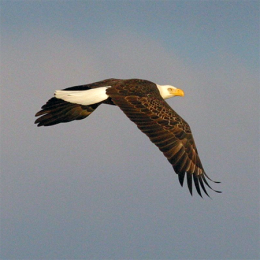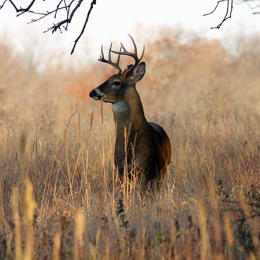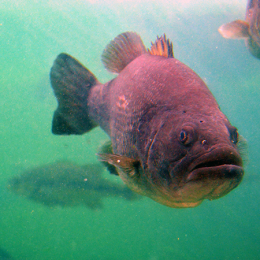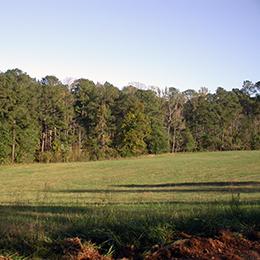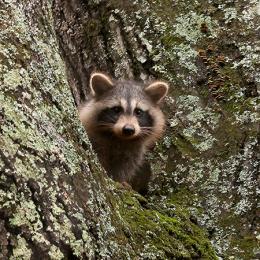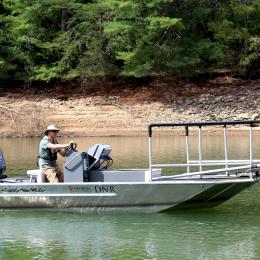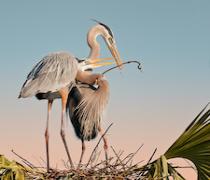Monarch butterfly enthusiasts, we need your help again.
Volunteers from the Southeast and Gulf states have provided more than 6,300 observations of monarchs during winter since 2020. This coming winter, the partnership of universities, agencies and other organizations called Monarchs Overwintering in the Southeastern States, or MOVERS, is requesting the public’s continued involvement in reporting sightings.
Dr. Sonia Altizer, a University of Georgia ecology professor and director of Project Monarch Health, said the information can help scientists determine if these iconic but declining butterflies “can overwinter as non-breeding adults in the southern U.S. and how this might affect future population numbers.” The monitoring can also shed light on whether winter-breeding activity affects their annual migration to Mexico.
Understanding migration and overwintering behavior is crucial to conserving monarchs, a candidate for listing under the Endangered Species Act.
Thousands of monarch butterflies stream across the South each fall to wintering grounds in central Mexico. In the spring, members of this eastern population of the butterfly return to the U.S. and Canada to breed.
But not all monarchs migrate to Mexico. Volunteer observations over the past two decades have helped scientists better understand how and why some monarchs breed throughout the winter in the southern U.S. Scattered reports suggest that some monarchs can overwinter in coastal regions in a non-breeding state, similar to their wintering behavior in Mexico.
Gabriela Garrison of the North Carolina Wildlife Resources Commission noted that the monarch is a species of greatest conservation need in North Carolina’s Wildlife Action Plan, as it is in the wildlife action plans of Georgia and many other states. “So monitoring overwintering populations and learning more about their behavior is critical,” Garrison said.
Dr. Michael Kendrick, an associate scientist with South Carolina DNR, agrees. “Our research shows that monarchs in the Southeast don’t always follow the same behavior patterns of other monarchs,” Kendrick said. “Additional monitoring will help us better understand monarchs in our region and guide future conservation and management strategies.”
The public is encouraged to report all monarch sightings (including adults, eggs, larvae and pupae) from November to March in Georgia, the Carolinas, Florida, Alabama, Mississippi, Louisiana and Texas. Photographs and details about what the monarchs are doing – such as resting, flying, laying eggs or drinking nectar or water – can help scientists determine their migratory status and habitat needs. Another tip is to check milkweed plants for eggs and caterpillars throughout winter: This data can reveal where winter breeding is occurring.
Observations can be submitted either through the Journey North online data portal or by using the iNaturalist app or website.
Susan Meyers, a volunteer with Monarchs Across Georgia, emphasized that volunteers are vital to this effort. “If you enjoy being outdoors and exploring your local ecosystem, this is an easy activity that can be done alone or with friends or your family,” Meyers said.
Project partners are grateful for the nearly 850 sightings reported last winter, said Anna Yellin, a wildlife biologist with Georgia DNR’s Wildlife Resources Division. “When we come together as a community as we have here, we stand a better chance of protecting the monarch butterfly for future generations.”
How To Take Part
Use either of these methods.
At Journey North:
Create a free account.
Learn how to report monarch sightings.
November-March, submit monarch observations.
At iNaturalist:
Create a free account (if you don’t already have an account).
November-March, submit monarch observations using your web browser or phone app.
Want season updates? Join the iNaturalist monarch winter project.







